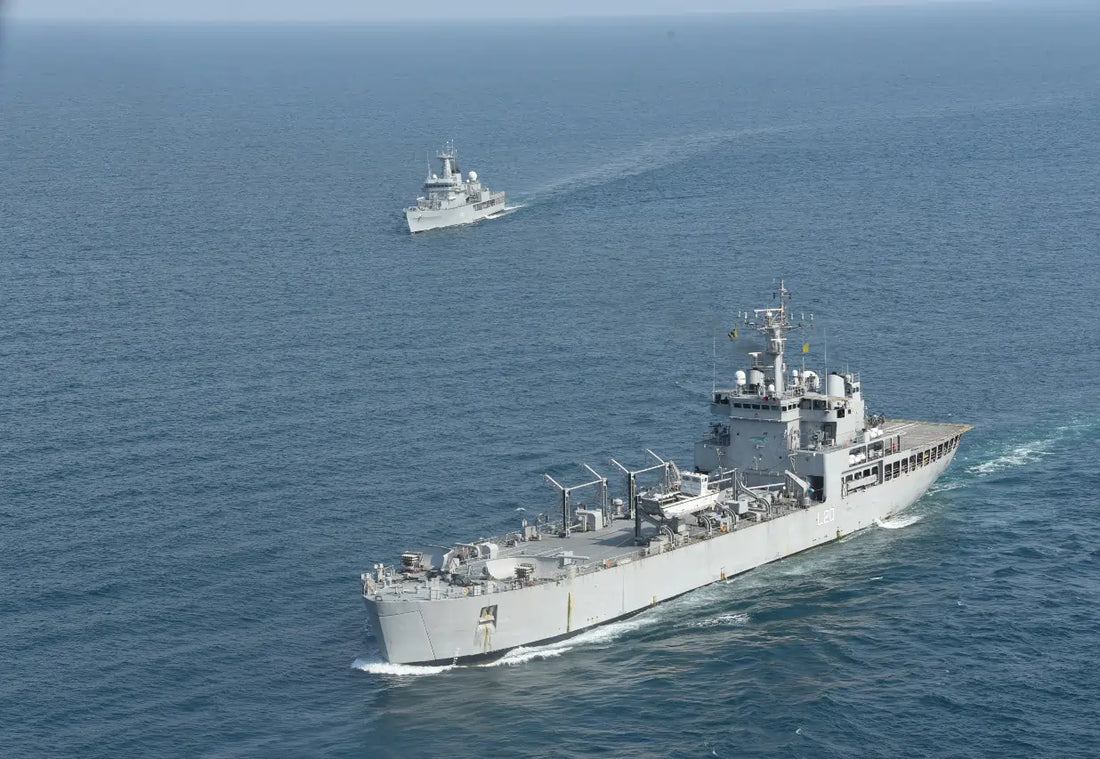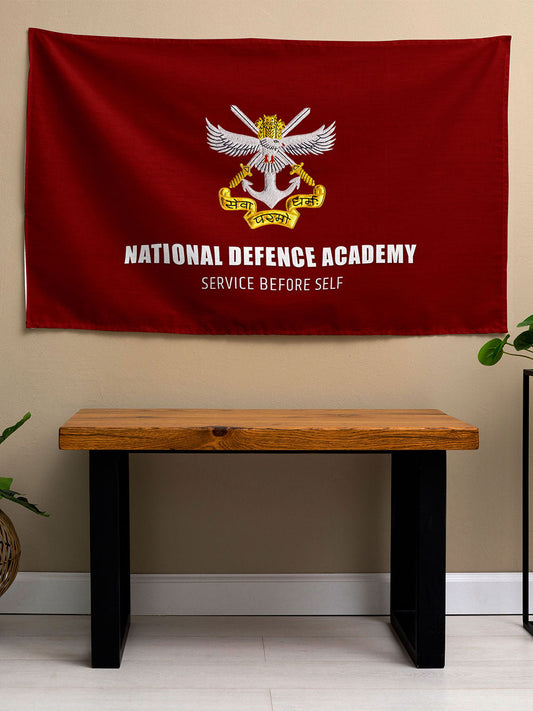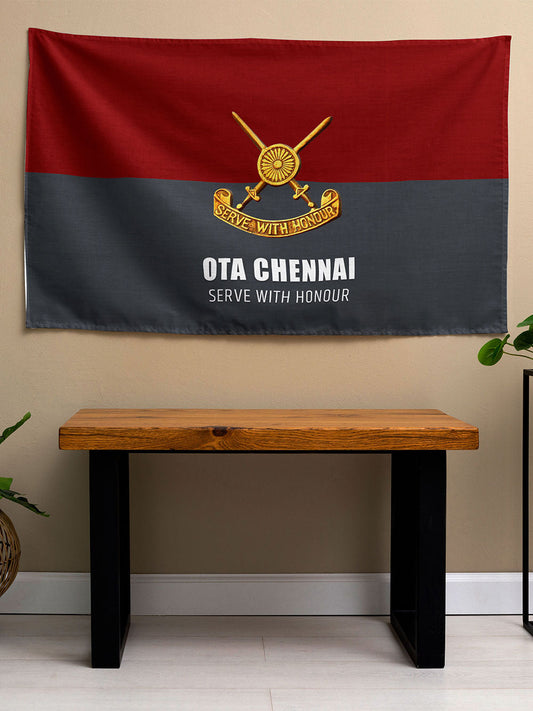Indian Navy to Issue ₹80,000 Crore Tender for Amphibious Warships; Major Indian Shipbuilders in Contention

The Indian Navy is set to enhance its amphibious warfare capabilities with a forthcoming tender for four large Landing Platform Dock (LPD) warships, anticipated to cost approximately ₹80,000 crore. This significant project, poised to become one of India's largest surface warship construction endeavors, is expected to advance following a Defense Ministry review.
Defense officials indicate that these new-generation amphibious warships will function as command and control centers, capable of operating fixed-wing naval drones and supporting sustained sea-to-shore operations. The ships are also projected to include advanced air defense systems, long-range anti-ship missiles, and sophisticated drone integration to meet both defensive and offensive needs.
The expansion of amphibious warfare assets has been a priority for the Navy for several years, driven by the necessity of out-of-area contingency operations and the capability to transport and deploy substantial combat forces as needed. Furthermore, these vessels will be crucial for humanitarian assistance and disaster relief (HADR) missions.
Indian shipbuilders will be at the forefront of this extensive project, with Larsen & Toubro (L&T), Mazagon Dock Shipbuilders Limited (MDL), Cochin Shipyard Limited (CSL), and Hindustan Shipyard Limited emerging as primary candidates. To aid in the complex design and integration tasks, international shipbuilders such as Spain’s Navantia, France’s Naval Group, and Italy’s Fincantieri are expected to collaborate as technology partners.
The Navy had previously issued a Request for Information (RFI) for the LPD project in 2021. The upcoming tender aims to achieve a high degree of indigenization, in line with India's Aatmanirbhar Bharat initiative, while also utilizing foreign expertise in specialized areas.
If approved, the ₹80,000 crore initiative will represent a significant advancement in India's naval power projection, enabling the Navy to perform extended maritime operations, enhance amphibious assault capabilities, and extend its strategic influence in the Indian Ocean Region and beyond.



















